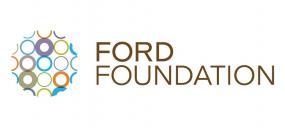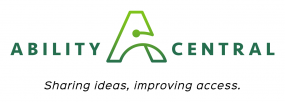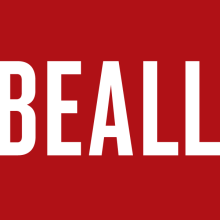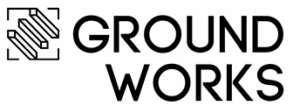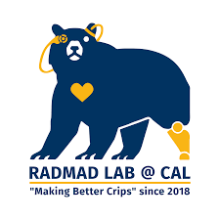Leonardo CripTech Incubator is an art and technology program for disability innovation. Encompassing residencies, workshops, presentations, publications, and education, this innovation incubator creates a platform for disabled artists to engage and remake creative technologies through the lens of accessibility. Employing a broad understanding of technologies, including prosthetic tools, neural networks, software. and the built environment, CripTech Incubator reimagines enshrined notions of how a body-mind can move, look, communicate. A first-of-its-kind program in the field, the program understands access as an institutional practice.
We are guided by Aimi Hamraie and Kelly Fritsch’s Crip Technoscience Manifesto, which calls for a “non-compliant knowing making;” a practice by which disabled people and communities dismantle existing technologies, infrastructures, and materials. This charge builds on the provocation of “crip,” a position that disability is a desirable part of the world. CripTech showcases the ways that disabled people live with and repurpose technologies for their own individual and community needs.
The inaugural 2022-23 cohort of CripTech fellows exhibited their projects at E.A.A.T. Experiments in Art, Access & Technology, which ran from 30 September 2023 through 13 January 2024.
CRIPTECH METAVERSE LAB
Immersive media, such as virtual reality, augmented reality, and spatial audio, present significant access frictions and barriers for disabled users and creators. The inaugural CripTech Metaverse Lab, a collaboration between Leonardo and Gray Area, gathered 10 disabled creatives to collectively experience immersive artworks and generate collective aesthetic access. Convening in February 2023 in the San Francisco Bay Area, the lab imagined new creative pathways for experiencing metaverse artworks amongst participants and future audiences. The findings from this research lab were published in the Leonardo journal special issue, Criptech and the Art of Access.
How We Understand Access
Access is a creative practice that goes beyond mere compliance. Access requires communication and collaboration from all parties, recognizing the disabled community is not homogenous and our needs are not identical or static. CripTech Incubator embraces access—and its frictions—as necessary interventions and learning opportunities. Access is process and progress, not perfection. Access is not limited by physical boundaries; it extends remotely and across space and time. Artists and curators can feel the weight when access fails occur for anyone, even as we continue to critically engage in the work of access informed by our predecessors. This access is art. And art is never enough.
CripTech Incubator is for disabled artists. We are committed to broadly representing crip and disability culture, and thereby adopt an expansive view of disability as a cultural identity and as a way of being. We employ identity-first language alongside person-first language to reflect our view that disability is a diverse and valuable cultural experience – one that informs the crucial work of innovation in art, science and technology practice. As an organization, we also recognize that language pertaining to disability and disability identities is dynamic, nuanced, and always evolving alongside our social practices and norms. Linguistic preferences also reflect deeply personal choices about how we present ourselves to the world. We aim to honor these choices, while also using culturally-responsive language that represents the experiences of our community.
PROJECT CREDITS
Lead Organizers
Vanessa Chang (Leonardo Director of Programs), Lindsey Dolich Felt (Leonardo Disability, Access and Impact Lead), Claudia Alick (Intersectional Design Specialist, Calling Up Justice), Jason Lam (Leonardo Senior Program Associate)
CripTech Incubator is built in partnership with Thoughtworks Arts (San Francisco), RadMad Disability Lab (UC Berkeley), Beall Center for Art and Technology (UC Irvine), Santa Barbara Center for Art, Science and Technology, Ground Works with A2rU, Gray Area Foundation for the Arts, Arizona State University and publication with MIT Press. It is supported by the California Arts Council Intersections + Innovations grant.

